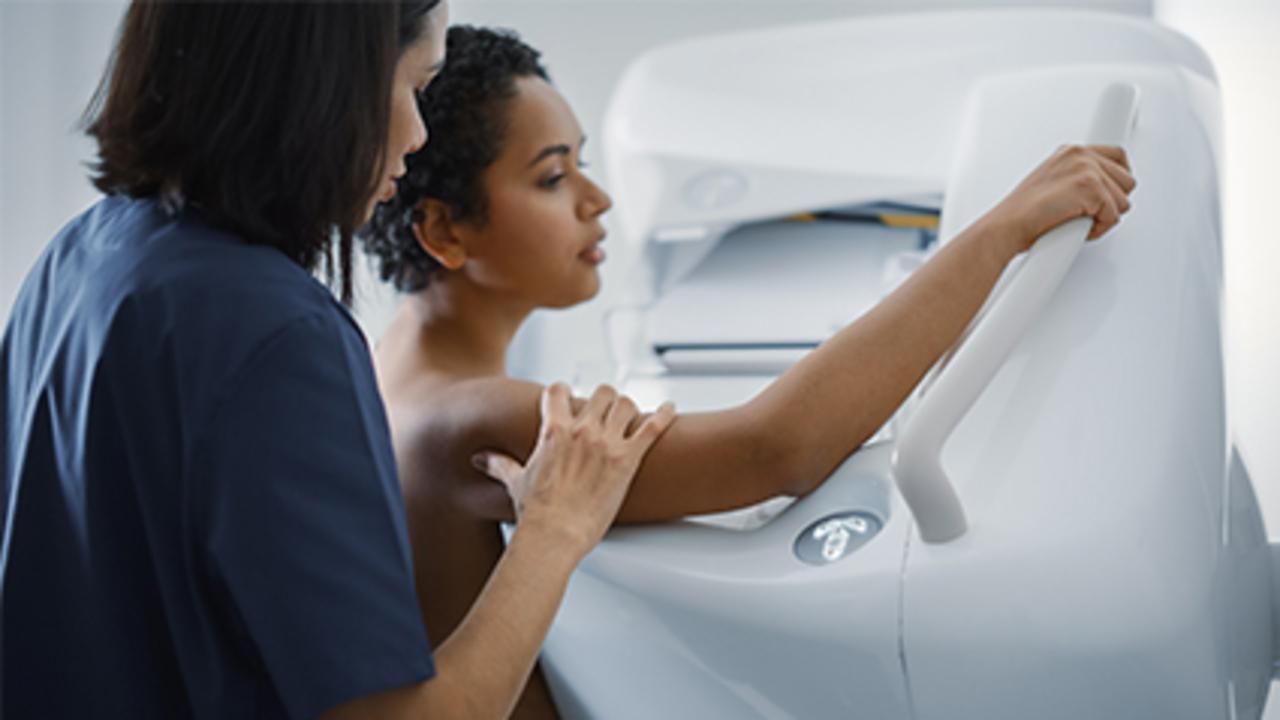
Women having a mastectomy for earlier-stage breast cancer may be overtreated if doctors evaluate their lymph nodes while they are still on the operating table, a preliminary study suggests.
Researchers found those patients were much more likely to receive aggressive treatment — surgical removal of their underarm lymph nodes, often with radiation — versus women whose surgeons took more time on the decision.
It’s a concern, experts said, because removing those lymph nodes can cause women to develop chronic lymphedema — sometimes severe and debilitating swelling of the affected arm.
At issue is a practice that was once routine, but has been on the wane in more recent years: evaluating patients’ underarm lymph nodes during breast cancer surgery, rather than waiting until later.
Traditionally, the idea was to remove and examine the “sentinel” armpit nodes nearest to the location of the breast tumor, to catch signs that the cancer has begun to spread. If so, doctors can surgically remove many of the remaining underarm nodes, in a bid to thwart a cancer recurrence.
Evaluating the sentinel nodes in “real time” — during breast cancer surgery instead of sending them to a pathologist to examine later — helped avoid having women come back for a second procedure.
However, experts said the real-time approach has become much less common over the years. That’s in large part because research has shown that with modern treatments — including breast radiation and hormonal therapies — many women can avoid surgical removal of their underarm lymph nodes.
Plus, surgeons today benefit from extensive imaging done before breast cancer surgery, explained Dr. Freya Schnabel, a surgical oncologist at NYU Langone’s Perlmutter Cancer Center, in New York City.
That means surgeons have a good idea of what they’ll see going in — including whether a woman has only one or two sentinel nodes with signs of cancer, and can therefore avoid having underarm nodes removed.
“It’s unusual to be ‘surprised’ with extensive [underarm node] disease in the operating room,” said Schnabel, who was not involved in the new study.
For all of those reasons, she said, the need for real-time evaluation of the sentinel lymph nodes has petered out.
It has, in fact, become routine to do it after surgery for women undergoing a lumpectomy (where only the breast tumor is removed).
But for women having a mastectomy, real-time evaluation has not gone away.
“A lot of institutions have moved away from it, but there’s still variability,” said senior study author Dr. Olga Kantor, a breast surgical oncologist at Brigham and Women’s Hospital and Dana-Farber Cancer Institute, in Boston.
So, Kantor and her colleagues wanted to see how that variability is altering the rest of patients’ treatment.
The researchers used a national database to find information on just over 8,200 U.S. women who underwent mastectomies in 2018 to 2019. All had tumors that were no bigger than 5 centimeters and only one or two sentinel lymph nodes with evidence of cancer.
Most of the time — about 63% of cases — the nodes were evaluated after surgery. However, that left more than one-third of women who did have evaluations in the operating room (OR). And, Kantor’s team found, they were far more likely to get aggressive treatment.
About 40% of those women had additional underarm nodes removed and received radiation to the area. That compared with only 5% of women whose sentinel nodes were studied after surgery.
According to Kantor, timing can make a critical difference. When sentinel nodes are evaluated after surgery, other doctors involved in a patient’s care have a say in the decision-making. So it’s not an on-the-spot decision by the surgeon, who may not know a patient’s overall treatment plan.
Schnabel agreed the findings suggest that waiting has benefits.
OR evaluations, she said, “did not lead to better surgical decision-making, and may have led to overtreatment — exposing patients to an increased risk of side effects.”
The findings were scheduled for presentation Thursday at the annual meeting of the American Society of Breast Surgeons, held in Boston. Studies released at meetings are generally considered preliminary until they are published in a peer-reviewed journal.
Kantor said she hopes the results sway more surgeons on the timing of sentinel node evaluations. She thinks some medical centers still do them in the OR to spare patients a second surgery.
But, Kantor noted, in this study that happened to only 12% of women who had their nodes evaluated after their mastectomy.
Waiting is nothing “radical,” she said. It’s been proven in clinical trials, and incorporated into medical guidelines.
“I think it’s just been slower to be incorporated into practice,” Kantor explained.
More information
The American Cancer Society has more on breast cancer surgery.
SOURCES: Olga Kantor, MD, MS, breast surgical oncologist, Brigham and Women’s Hospital, Dana-Farber Cancer Institute, and assistant professor, surgery, Harvard Medical School, Boston; Freya Schnabel, MD, surgical oncologist, Perlmutter Cancer Center, NYU Langone, and professor, surgery, NYU Grossman School of Medicine, New York City; presentation, American Society of Breast Surgeons annual meeting, Boston, April 27, 2023
Source: HealthDay

Leave a Reply